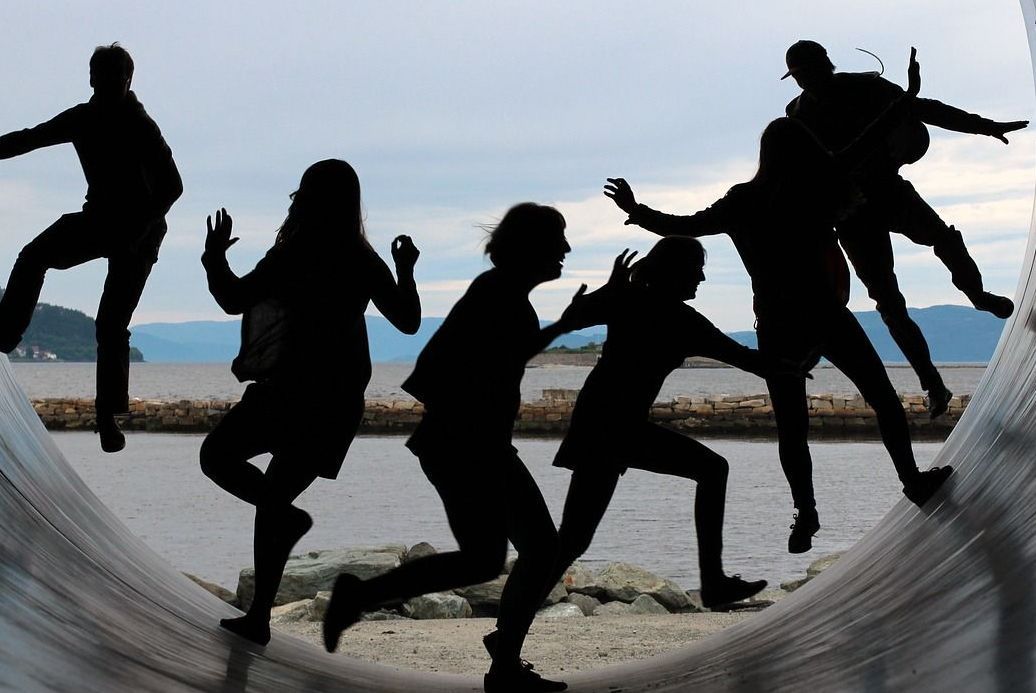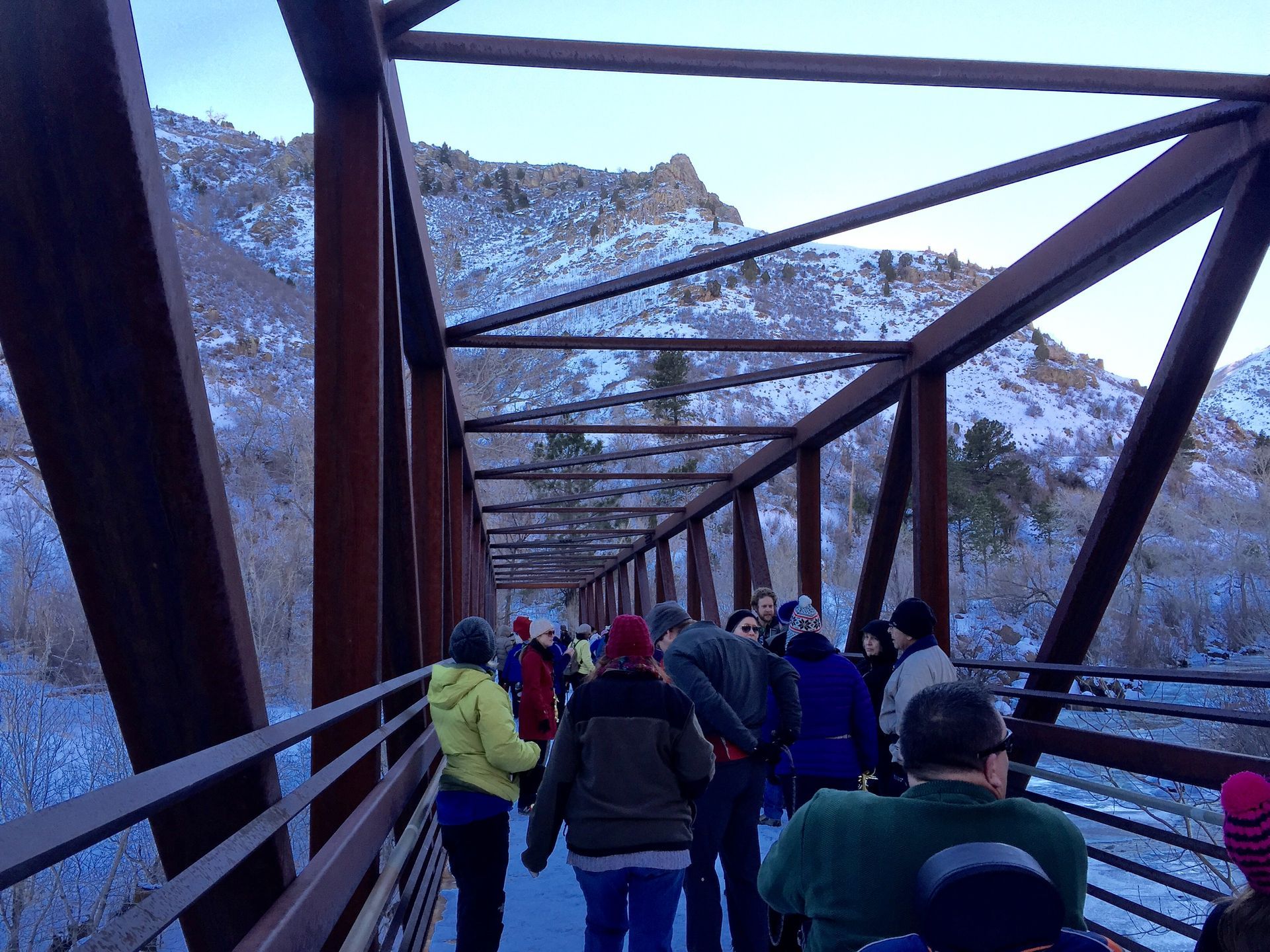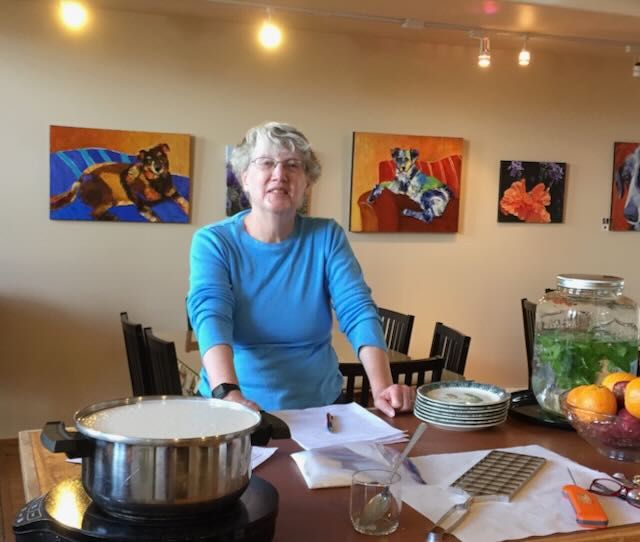Make 'In-Person' Meaningful
Because it's respectful

How many times in the last couple of years have you travelled a long way for a meeting only to sit in a conference room ingesting status reports and presentation slides? Yes, everyone is ’together,’ at considerable expense, but looking at their own screens. Maybe there is lunch. But mostly, the entire meeting could have been done remotely.
In a dispersed world, where teams come together only occasionally:
If you are in-person, connect in ways that you can only do in-person.
Physical presence is very different than a virtual meeting, and deserves MORE respect and attention because it happens so rarely now, not less.
In-Person gatherings are perfect for:
- brainstorming
- one-on-one conversations
- dialogue
- creativity
- creating trust and psychological safety
Because:
- It’s possible to have multiple conversations simultaneously
- It’s relatively easy to make the size and members of conversations fluid
- People can read more body language, so they often (not always) feel psychologically more connected and less fatigued
- You can use physical props to disrupt multi-tasking and get more of people’s brains engaged, increasing output and creativity
Imperfect meetings happen all the time.
We live in a rapidly evolving work world that is figuring out what hybrid means, what productive means, what autonomy means, what ablism and bias mean in a setting that is only sometimes physical.
One of the ways we start to define all this is honoring and honing the time we spend together, particularly physically. If we are taking people away from their homes and loved ones for a few days, we need to honor that sacrifice. It’s one way to show them how important they are to our work and how seriously we take the things that matter to them.
I spend a lot of time, energy, and expertise constructing activities, questions, and rhythms of both virtual gatherings and physical ones. At least 10-12 hours for every hour of face time.
I want every meeting to be more connective and/or constructive than people expect it to be.
I want them to accomplish something that moves the work forward, not just hear a report they could have read on their own in less time.




